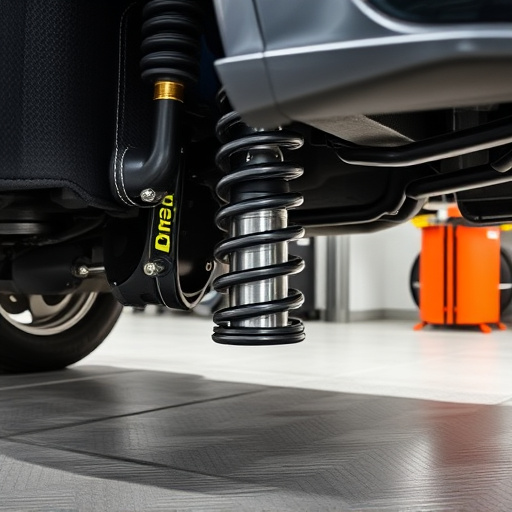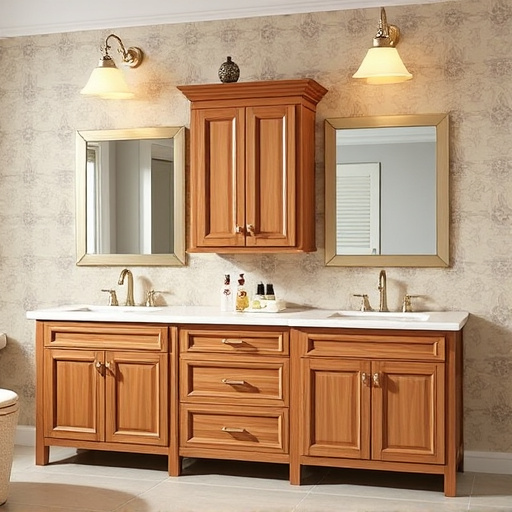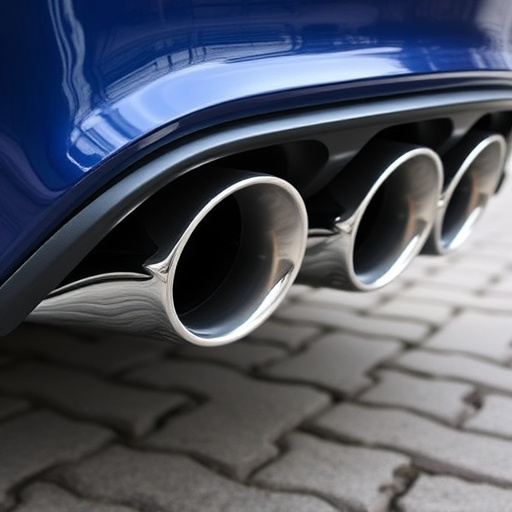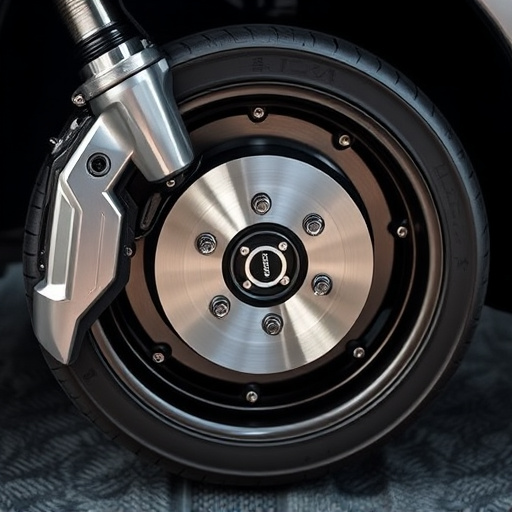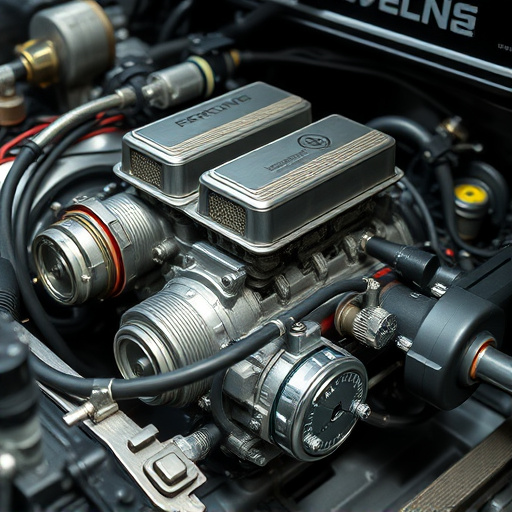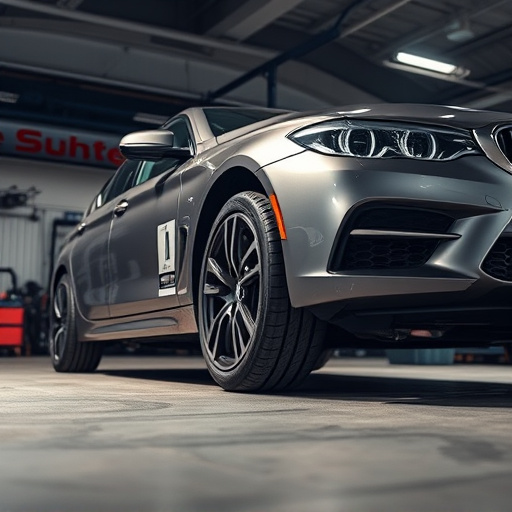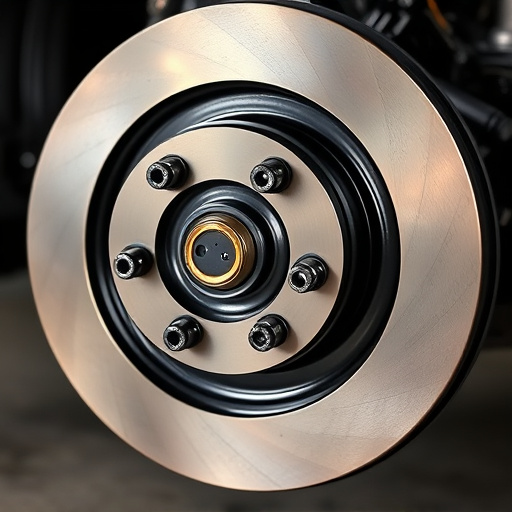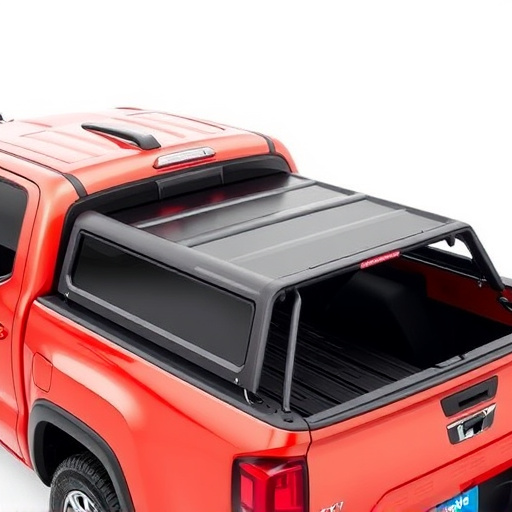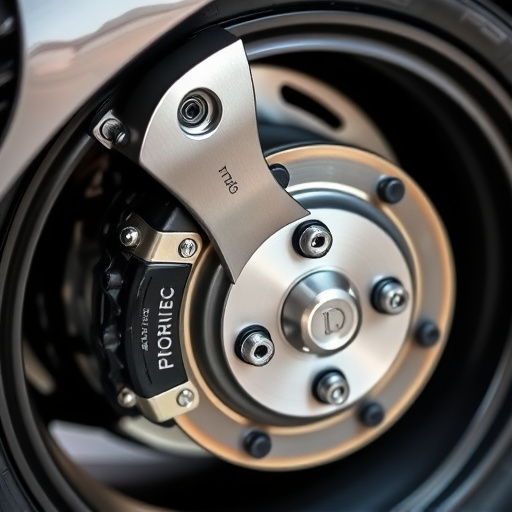Anti Roll Bars (ARBs) are suspension components that minimize body roll during cornering, enhancing handling and stability. They are especially beneficial for modified vehicles with disrupted center of gravity due to upgrades like exhaust systems or suspension kits. ARBs transfer energy between opposite sides of the chassis, reducing body lean and improving driver control. Available in adjustable and fixed models, adjustable ARBs offer customization for varied terrain, while fixed ARBs provide optimized performance tailored to specific vehicle setups, enhancing safety and cornering without extensive adjustments. The ideal ARB configuration depends on driving style and existing suspension components, with adjustable bars suitable for customizable setups and fixed bars for stock or lightly modified vehicles seeking enhanced stability.
Anti-roll bars (ARBs) are essential components in vehicle dynamics, helping to maintain stability and control during cornering. These bars prevent excessive rolling of wheels, enhancing handling and reducing body roll. With various configurations, such as adjustable or fixed, ARBs cater to different driving needs and preferences. This article explores the function, benefits, and applications of these systems, guiding you in choosing the optimal anti-roll bar setup for your vehicle’s performance and safety.
- Understanding Anti Roll Bars: Function and Benefits
- Adjustable vs Fixed Anti Roll Bars: Features and Applications
- Choosing the Right Configuration for Your Vehicle
Understanding Anti Roll Bars: Function and Benefits
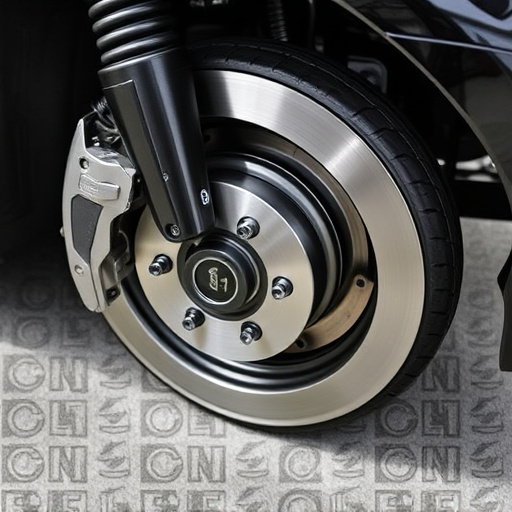
Anti Roll Bars (ARBs) are essential components of a vehicle’s suspension system, designed to limit unwanted body roll during cornering. By maintaining proper alignment and reducing body lean, ARBs contribute significantly to enhanced handling and stability, especially on winding roads or during high-performance driving. This is particularly beneficial for vehicles with increased clearance or those equipped with performance exhaust systems, cold air intakes, or suspension kits, as these modifications can affect the car’s center of gravity and handling dynamics.
The primary function of an anti roll bar is to counteract the natural tendency of a vehicle’s body to roll when navigating turns. It works by connecting opposite sides of the vehicle’s chassis, allowing energy from one side to be transferred to the other during cornering. This transfer of energy reduces body roll, improving overall stability and providing drivers with better control, especially at high speeds or in challenging road conditions. ARBs are available in both adjustable and fixed configurations, catering to different driving styles and preferences while ensuring optimal performance and safety.
Adjustable vs Fixed Anti Roll Bars: Features and Applications
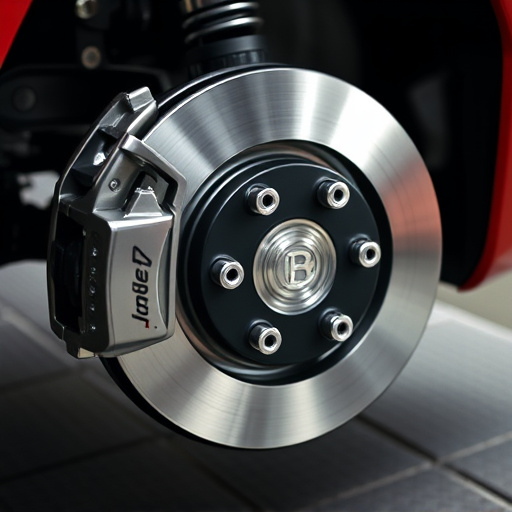
Adjustable anti roll bars offer a unique advantage over their fixed counterparts by providing drivers with the ability to customize their vehicle’s handling characteristics according to various driving conditions and personal preferences. This versatility is particularly beneficial for off-road enthusiasts, drag racers, and those who frequently experience varying terrain or track layouts. By adjusting the bar’s stiffness, drivers can fine-tune their car’s roll center, allowing for improved stability in corners and a more responsive steering feel.
Fixed anti roll bars, on the other hand, are designed with a set stiffness level tailored to specific vehicle models and driving conditions. While they provide robust handling and reduced body roll, especially at high speeds, fixed bars lack the adjustability that comes with their adjustable counterparts. However, for street-driven vehicles or those primarily used on smooth, paved roads, fixed anti roll bars offer reliable performance, enhancing cornering precision without requiring frequent adjustments. Their straightforward design also contributes to easier maintenance and often reduces overall vehicle weight due to simplified components, which can further benefit fuel efficiency and acceleration, complementing performance exhaust, exhaust mufflers, and exhaust tips.
Choosing the Right Configuration for Your Vehicle
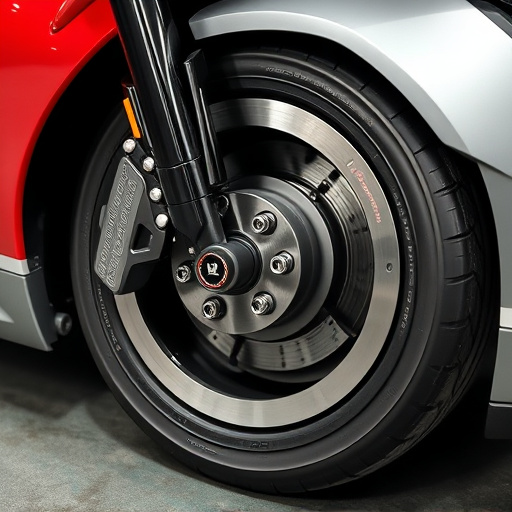
When selecting an anti roll bar configuration for your vehicle, understanding your driving style and needs is crucial. Adjustable anti roll bars offer versatility, allowing drivers to fine-tune their settings based on different driving conditions or desired handling characteristics. This is particularly beneficial for those who frequently switch between track days and daily driving, as it provides adaptability for various surfaces and driving styles. On the other hand, fixed anti roll bars are designed for more specific applications, offering optimized handling tailored to a particular setup, such as off-road vehicles where rugged terrain demands a stiffer suspension.
Consider your vehicle’s existing suspension components, like coilover kits, intake components, and brake rotors, when making a choice. Adjustable bars often pair well with customizable setups, enabling drivers to fine-tune their ride height and stiffness precisely. In contrast, fixed anti roll bars complement stock or lightly modified vehicles seeking enhanced stability without extensive adjustments. The right configuration enhances safety, improves cornering precision, and ultimately contributes to a more enjoyable driving experience.
Anti roll bars, whether adjustable or fixed, offer significant benefits in vehicle stability and handling. By understanding their function and choosing the right configuration for your specific needs, you can enhance both safety and performance. Whether you’re a car enthusiast looking to fine-tune your ride or a professional seeking reliable solutions, selecting the appropriate anti roll bar setup is key to navigating twists and turns with confidence.




